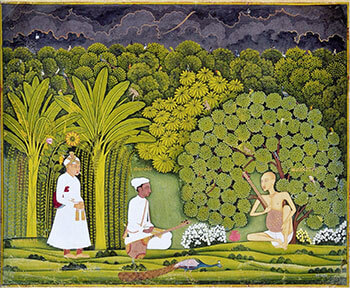Dhrupad
Dhrupad, the oldest surviving genre of Hindustani Classical Music has its origin believed by many inthe ancient tradition of Vedic chanting. Some trace its origin to the tradition ofchhanda-prabandha, and it is believed to have evolved from Salagsuda prabandha, now a losttradition.
Practitioners of Dhrupad, also referred to as Dhrupadiya treat it as a contemplative and meditativeform sustained for centuries by traditions of classical and devotional music. While its soul remainsunchanged, it is sensible to infer that Dhrupad has adapted its character and temperament withchanging socio- cultural scenario over the last 600 years as it travelled from temples to royalcourts and finally in the public performance arena. Some of the greatest Dhrupadiyas include SwamiHaridas, legendary Tansen, Nayak Gopal, Nayak Bakshu, Nayak Baiju etc. Even, Sadarang, credited withstarting khayal was himself a dhrupadiya.
Dhrupad recital typically begins with an extended alap sung with Tanpura in four stages, where theraga is invoked using syllables derived from ‘Om Anant Hari Narayan’ to sing its melody. WhileSarangi is used by some as melodic accompaniment in vocal traditions of Dhrupad, Pakhawaj is theaccompanying percussion instrument of choice across the board. The composition or pada has fourparts, namely sthaye, antara, sanchari and abhog, however, many a times, only the first two partsare sung. Dhrupad and Khayal (newer form), the two main styles of Hindustani classical music systemhave shared repertoire of raga, whereas their talas are mutually exclusive.
